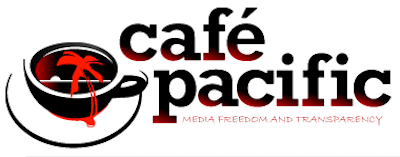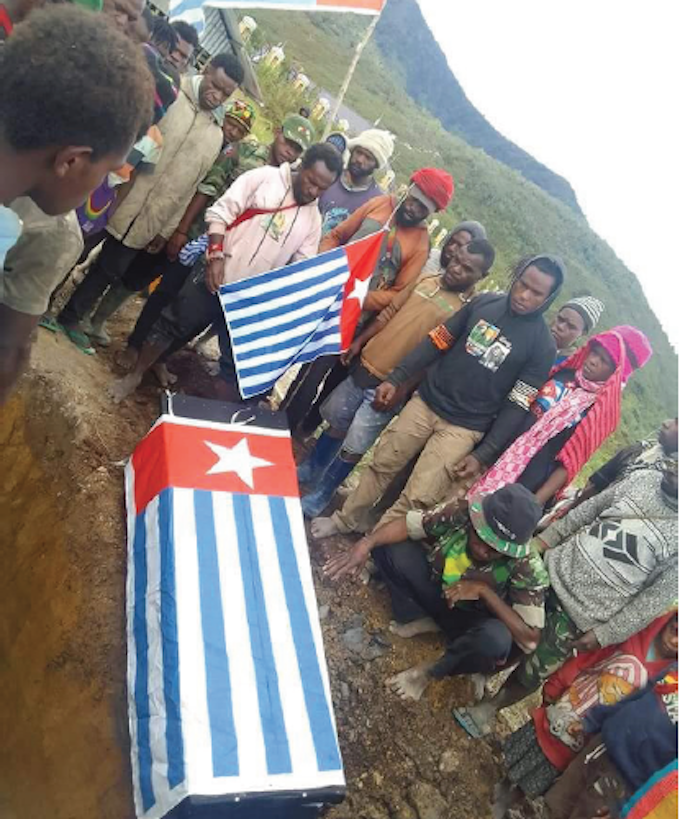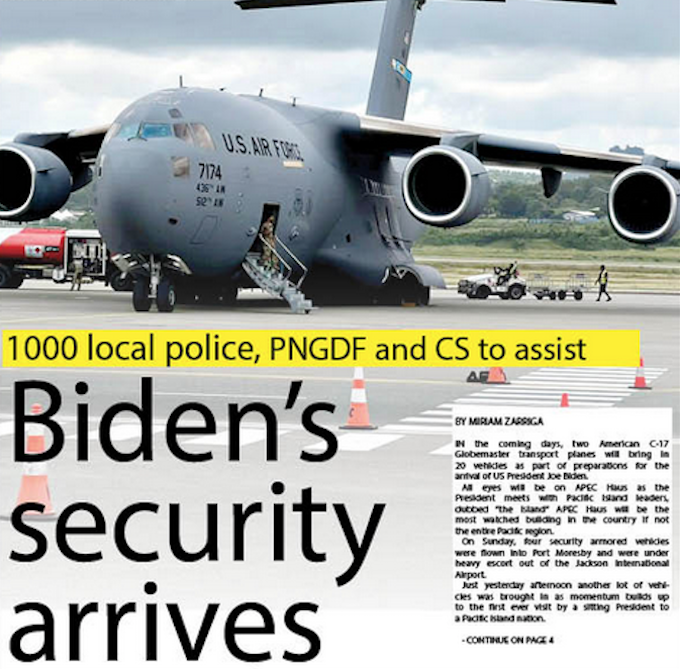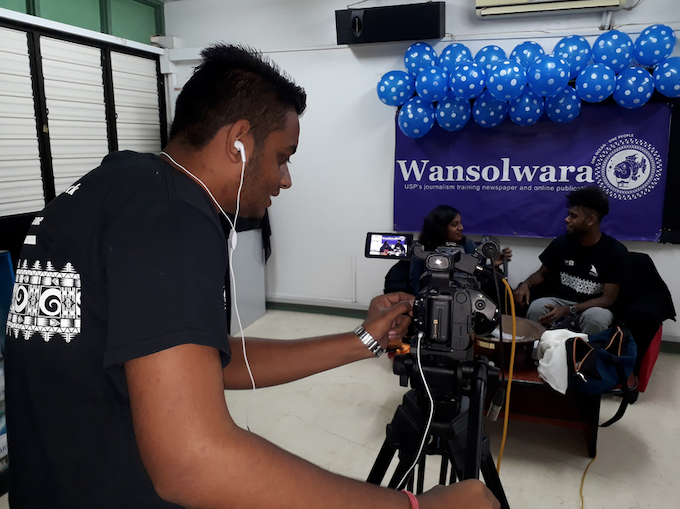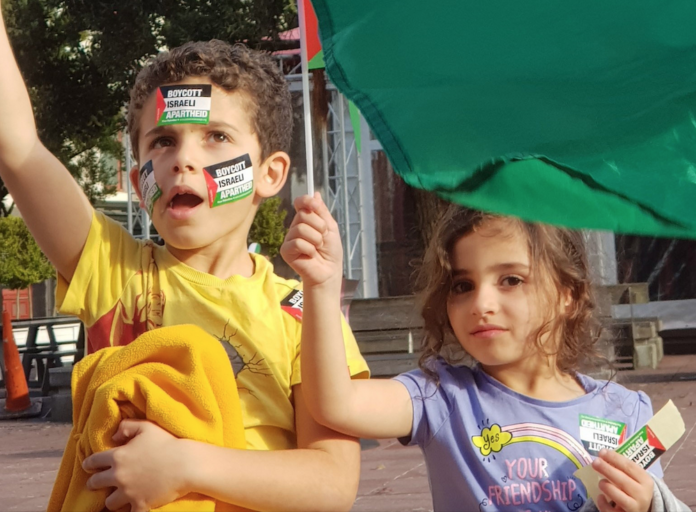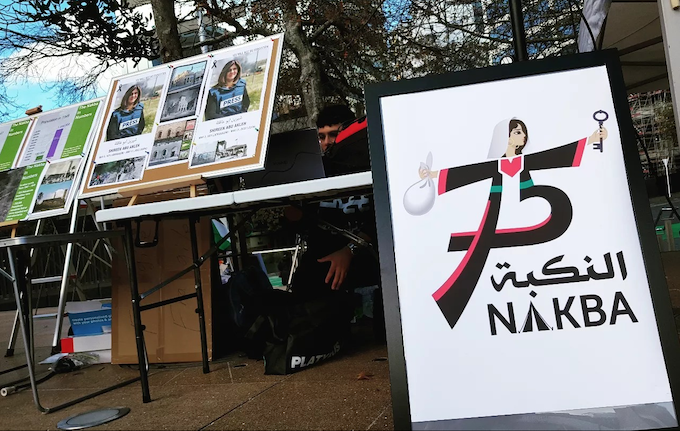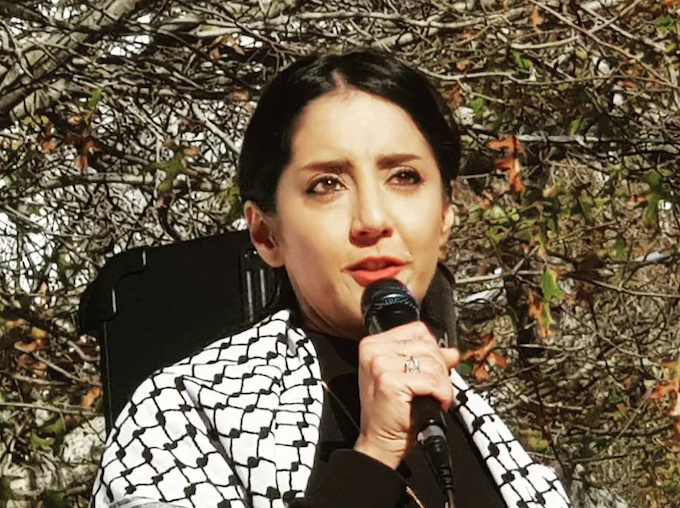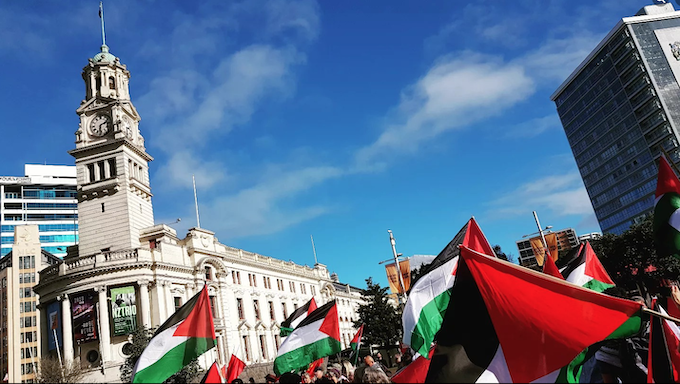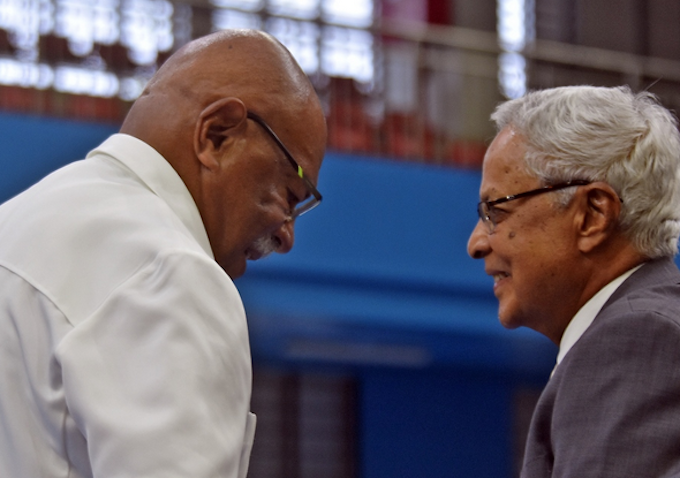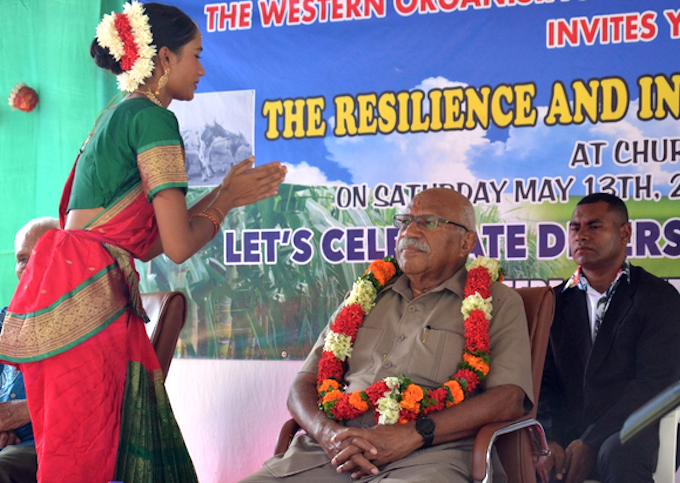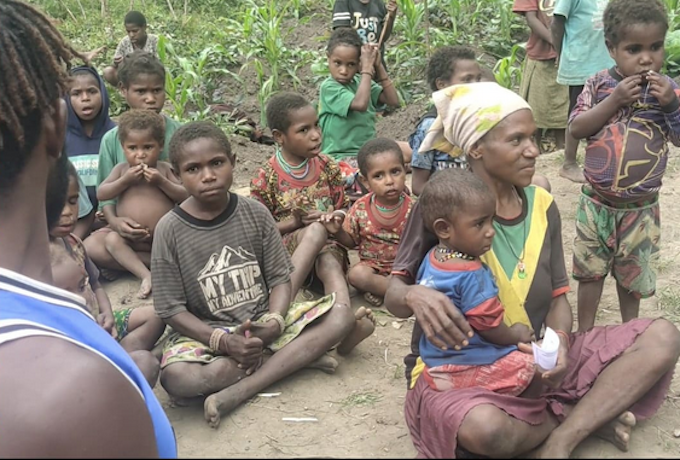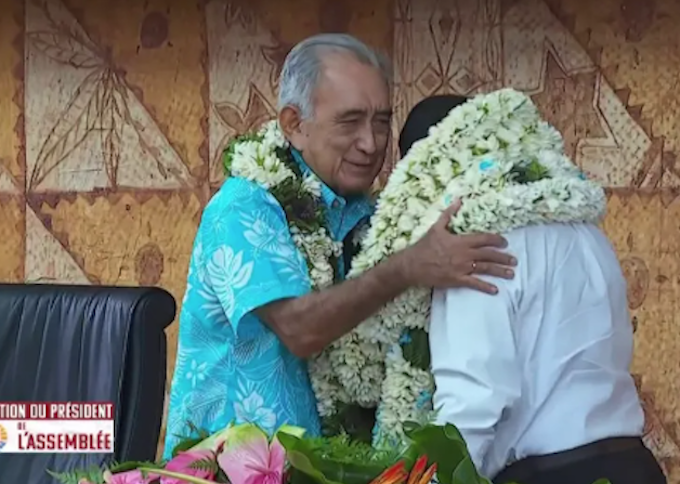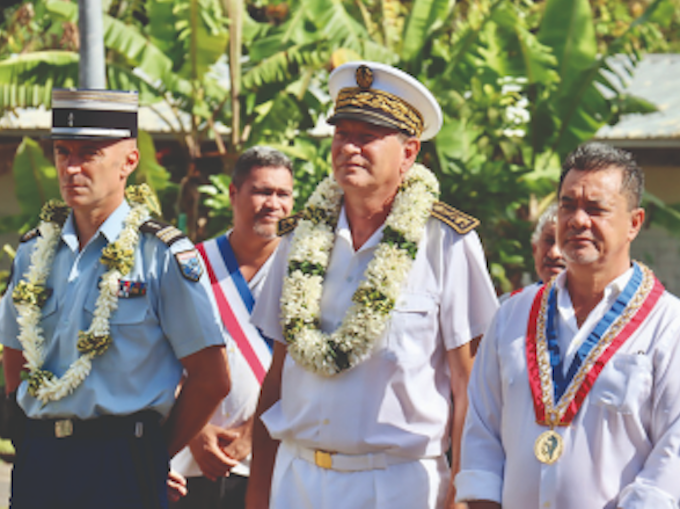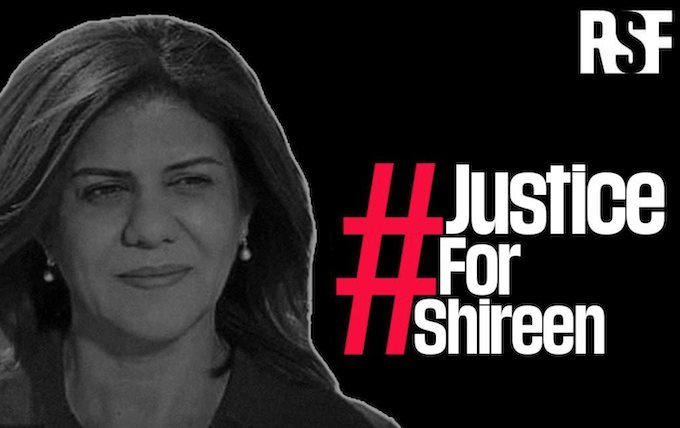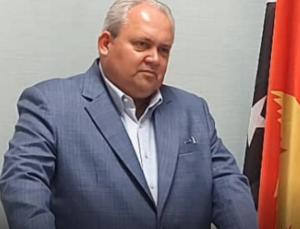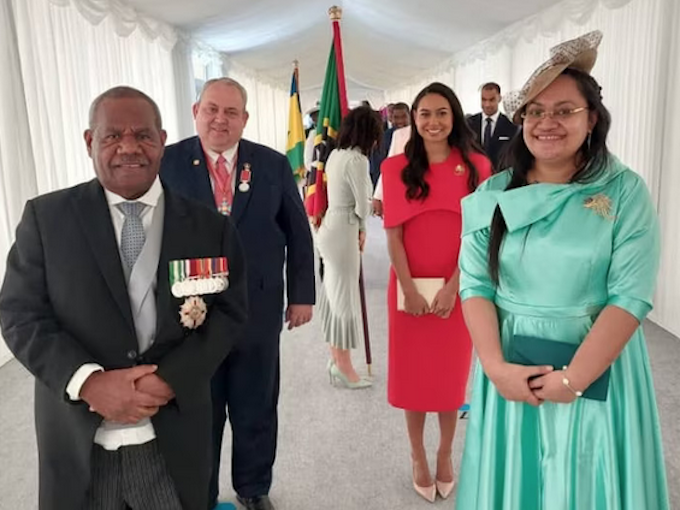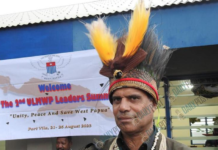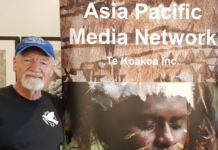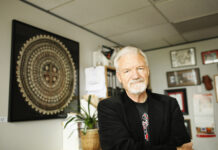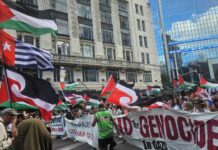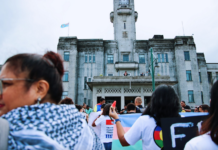By David Robie
Free Papua Organisation (OPM) leader Jeffrey Bomanak has appealed to US President Joe Biden for a “proactive role” in ending Indonesia’s “unlawful military occupation and annexation” of West Papua.
He claims this illegal occupation led to the subsequent US “foreign policy failure” in protecting six decades of crimes against humanity.
Bomanak made this appeal in an open letter to the President — a harrowing 22-page document citing a litany of alleged human rights violations against Papuan men, women and children by Indonesian security forces — days before Biden’s arrival in the Papua New Guinea capital Port Moresby next week for a vital summit with Pacific leaders.
- READ MORE: Mass arrests and forced dispersals in West Papua on Human Rights Day
- Amnesty calls on Jakarta to free West Papuan activist Victor Yeimo
- Other West Papua reports
“Six decades of callous betrayal and abandonment – my people enslaved, imprisoned, assaulted, tortured, raped, murdered, massacred, poisoned, impoverished, and starved and forcefully relocated; villages bombed . . . every day of every week,” wrote Bomanak in the letter dated May 17.
He said that when West Papua was part of the Dutch colonial empire for 500 years, “we were never abused and mistreated . . . we were never subjected to crimes against humanity”.
However, under Indonesia’s colonial empire, “we have lived in a slaughterhouse with hundreds of thousands of victims — men, women, and children.
‘Gateway to hell’
“The New York Agreement, written and sponsored by your government on 15 August 1962 without any inclusion or representation of a single West Papuan, paved the road for this slaughterhouse.
“My people call this agreement ‘The Gateway to Hell’.”
Bomanak accused the US, along with Australia and New Zealand – “our Second World War allies” – of having treated the West Papuan people as “collateral damage” for “geopolitical convenience” when dealing with Jakarta.
“Unfortunately, these democratic Christian governments who we supported during the life-and-death cataclysm of the Second World War, abandoned both their duty to support international decolonisation laws and their duty of care to stop Indonesia’s barbarism against indigenous West Papuans — the rightful landowners of our ancestral lands,” he said.
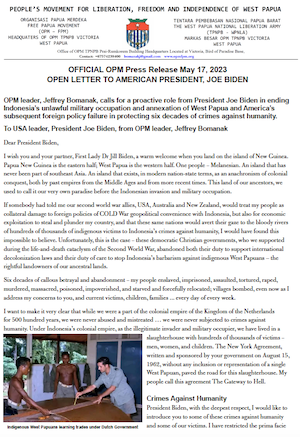
Bomanak’s open letter cited horrendous case after case with gruesome photographic documentation.
“I would like to introduce you to some of these crimes against humanity and some of our victims,” he began.
“I have restricted the prima facie photographic evidence to not visually include the worst of the worst. Although, how this can be defined is a subjective detail beyond my assessment – they are all my suffering grandmothers and grandfathers, mothers and fathers, sisters and brothers, sons and daughters.
“Every crime is personal. Every victim is family.
Mutilation and dismemberment
“Dismemberment is one of Indonesia’s defence and security forces specialties to instill terror and fear into village populations,” Bomanak said.
“This practice has been used from the beginning of the Indonesian military occupation and is still being used.”
Bomanak provided documentation of a 35-year-old woman, Tarina Murib, who was allegedly beheaded by Indonesian security forces on 4 March 2023. – International Mother’s Day.
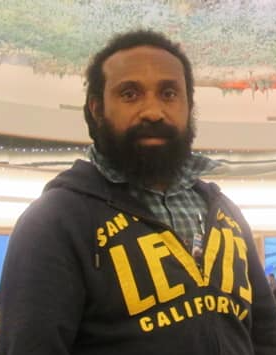
“Murdered and mutilated by the Indonesian military in Puncak Regency; villages and churches have been emptied as thousands more soldiers have been deployed in the area.”
Bomanak also cited the killing and mutilation on 22 August 2022 of four Papuan civilians by Indonesian special forces — Irian Nirigi, Arnold Lokbere, Atis Tini and Kelemanus Nirigi.
“[They] were beheaded and their legs were cut off before their bodies were placed in sacks and tossed into the Pigapu river.”
He raised cases of assaults on village elders and children.
“Using terror to make us fear to stand up for our right to freedom . . . our right to defend our ancestral lands from a hostile and barbaric invader.”
Infanticide
“It is estimated that 150,000 children have been victims of Indonesian crimes against humanity. This is the equivalent of a Holocaust,” said Bomanak.
“An evil forced upon West Papua for Cold War politics and to satisfy American mining company Freeport-McMoRan’s quest to be the beneficiary of West Papua’s spectacular mineral reserves rather than the Dutch, which would have been the case if West Papua had been decolonised in accordance with international law and if the rights of West Papua’s people to freedom and nation-state sovereignty had been respected,” he said.
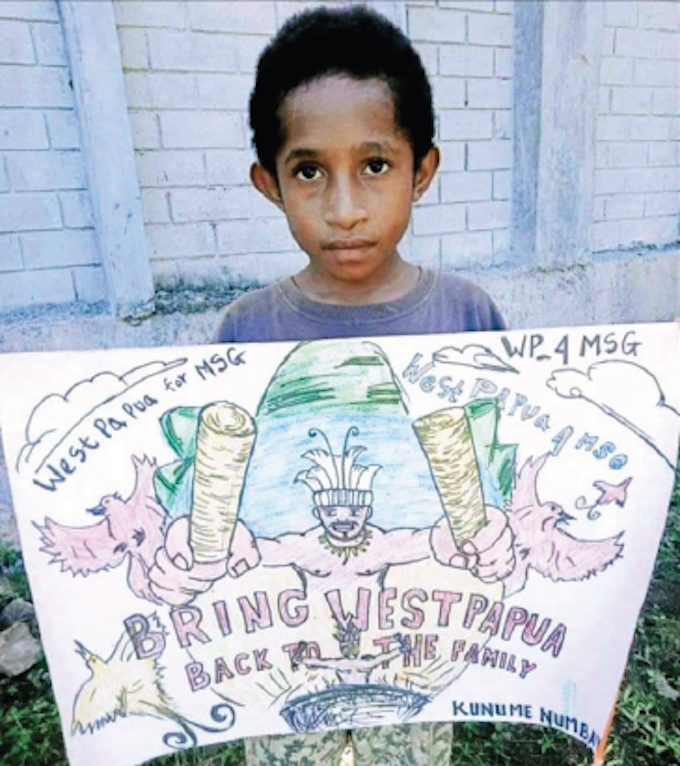
Bomanak cited the case of nine-year-old Kris Tabuni, who died on 18 October 2022. His death is still unexplained.
Truth ‘distortion’
Bomanak condemned politicians and diplomats who “cannot envisage Indonesia leaving West Papua”.
“It is a step that is difficult for them to take. They respond to the injustice of the invasion and military occupation of our ancestral land with hand-wringing apologies while stating that the world is an unfair place.
“This is their personal maxim for hardship and crimes against humanity, and then they join in the plunder.
The historical truth is that West Papua — the western half of the island of New Guinea — has never been a part of Indonesia.
“Various legal, political and military arguments stating otherwise are all contrary to the norms of international laws and to justice.
“The Papuan nation is not part of the Indonesian Colonial State. The process of annexation on 1 May 1963, was forced onto my people.”
NZ hostage pilot
Bomanak also wrote about the hostage crisis involving 37-year-old New Zealand pilot Philip Mehrtens who was captured by the West Papua National Liberation Army (TPNPB), the armed wing of the OPM, on February 7.
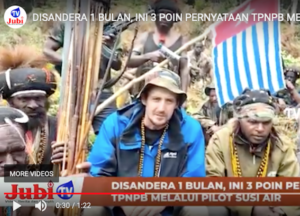
Addressing President Biden, Bomanak said: “A war of liberation has been undertaken by my people since the fraudulent 1969 referendum.
“We have issued hundreds of warnings to both Indonesians and foreigners not to be in our land.
“Unlike, Indonesia, we will care for Philip Mehrtens, the same way we care for our brothers and sisters. He is safe with us, but he is at great risk from Indonesian air and ground combat operations.
“The Indonesian defence force has already suffered significant battle fatalities. We request a peaceful solution with the aim of Indonesia leaving West Papua.
“Perhaps you can appoint Ambassador Caroline Kennedy [Us Ambassador to Australia] to this role?”
Bomanak’s letter also tracks the many West Papuan peaceful political leaders who have been the victims of extrajudicial executions in an effort to “terrorise the independence movement”. They include the following:
“Arnold Ap was assassinated in 1984. Tom Wanggai died in mysterious circumstances while in prison which we believe was another extrajudicial execution in1989.
“Tribal leader Theys Hiyo Eluay was assassinated in November 2001. Filep Karma also died in mysterious circumstances which we believe was another extrajudicial execution in November 2022 at the same beach where Arnold Ap was executed.”
“President Biden, I could have easily filled 10,000 more pages with victims of this miscarriage of international justice, but I understand your time is limited with important matters of state and of international affairs.
“Sir, there is no honour in helping Indonesia maintain their lie, their deception, their treachery, and the six decades of crimes against humanity that many academics call ‘West Papua’s slow genocide’.
“The fraudulent annexation of my country is as much a story of dishonourable and deceitful Western governance.”
Concluding the open letter, Bomanak told President Biden that if Ukraine could have an investigation for crimes against humanity, then “after six decades of Indonesia’s crimes against humanity, West Papuans are entitled to justice through the very same measures of accountability and due process.”
The OPM has waged an armed resistance against the Indonesian military since 1969. The West Papuans argue that they should regain independence on the grounds that, unlike Muslim-majority Indonesia, they are predominantly Christian and Melanesian from the Pacific. Pro-independence views among Papuans are also motivated by Indonesia’s repressive rule in the Melanesian provinces.
